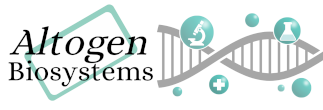Shop Products
What is Chemical Transfection
Chemical transfection is a method used to deliver exogenous nucleic acids, such as DNA or RNA, into cells using chemical compounds. This method involves the use of transfection reagents, which are chemical compounds that can form complexes with nucleic acids and facilitate their uptake by cells.
Chemical transfection typically involves mixing the nucleic acid of interest with the transfection reagent and incubating the mixture with the cells of interest. The chemical complexes formed between the nucleic acid and the transfection reagent can bind to the cell membrane and allow for the entry of the nucleic acid into the cell. Once inside the cell, the nucleic acid can be used for various applications, such as gene expression analysis or genome editing.
There are several types of transfection reagents available for chemical transfection, including cationic lipids, cationic polymers, and other synthetic or natural molecules that can interact with the cell membrane and facilitate the uptake of nucleic acids into cells. The choice of transfection reagent will depend on various factors, such as the type of nucleic acid being delivered, the cell type, and the specific experimental needs.
Chemical transfection is widely used in molecular biology and biotechnology research, as well as in the development of gene therapy and other medical applications. It is a powerful and versatile method for delivering exogenous nucleic acids into cells and can be used for a wide range of applications, including gene expression analysis, gene regulation studies, and genome editing.





Sorry, comments are closed for this post.